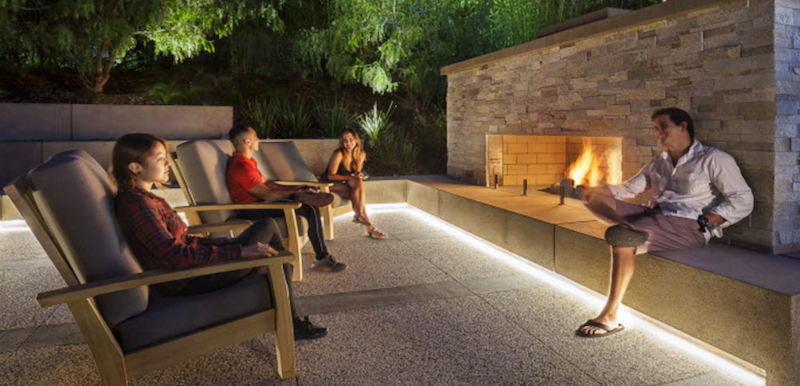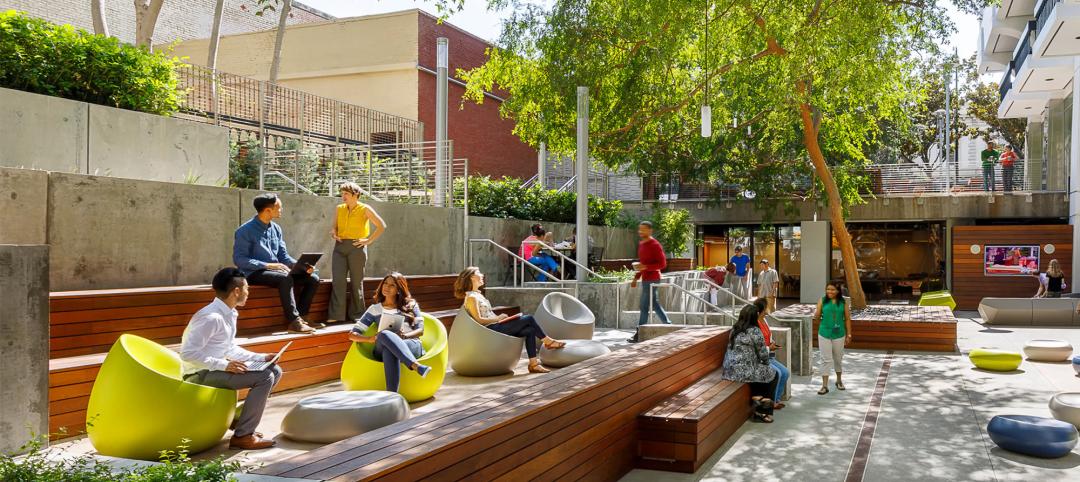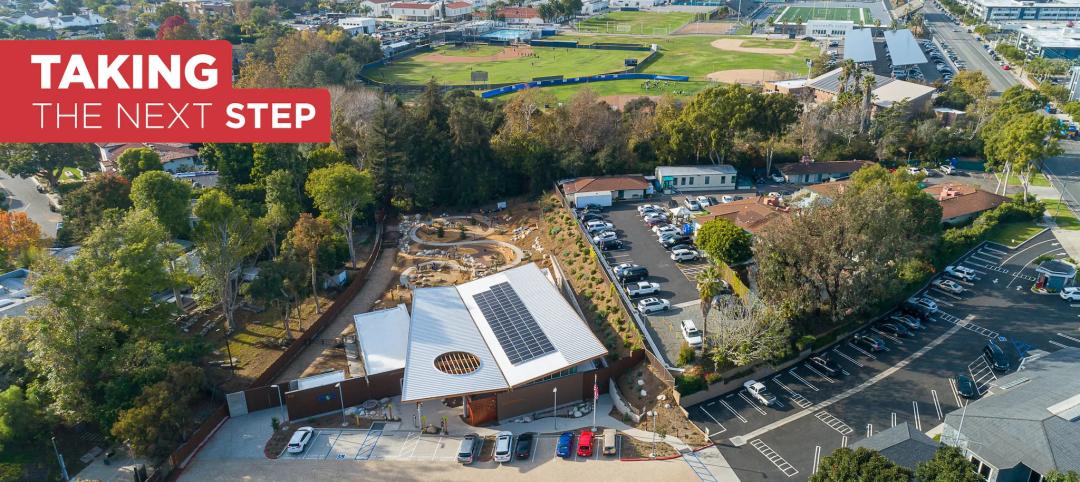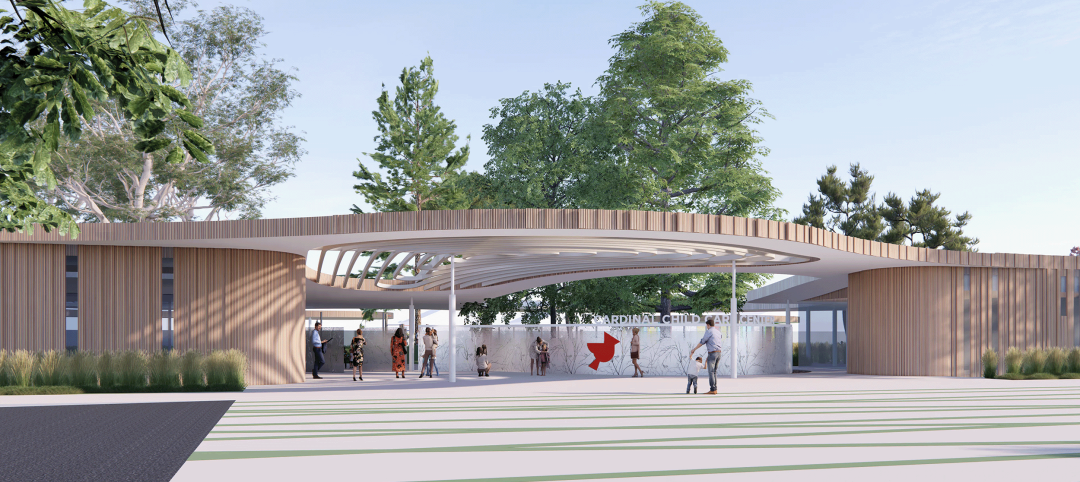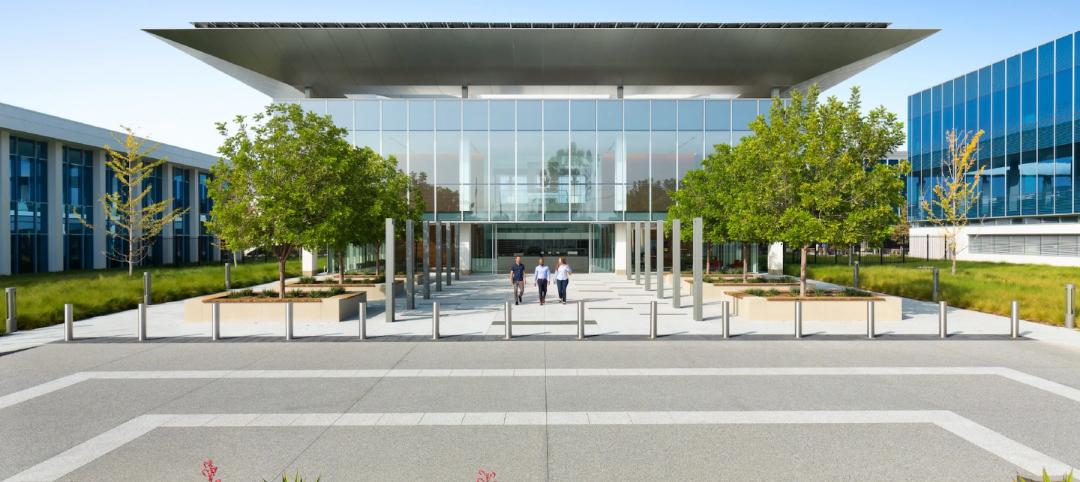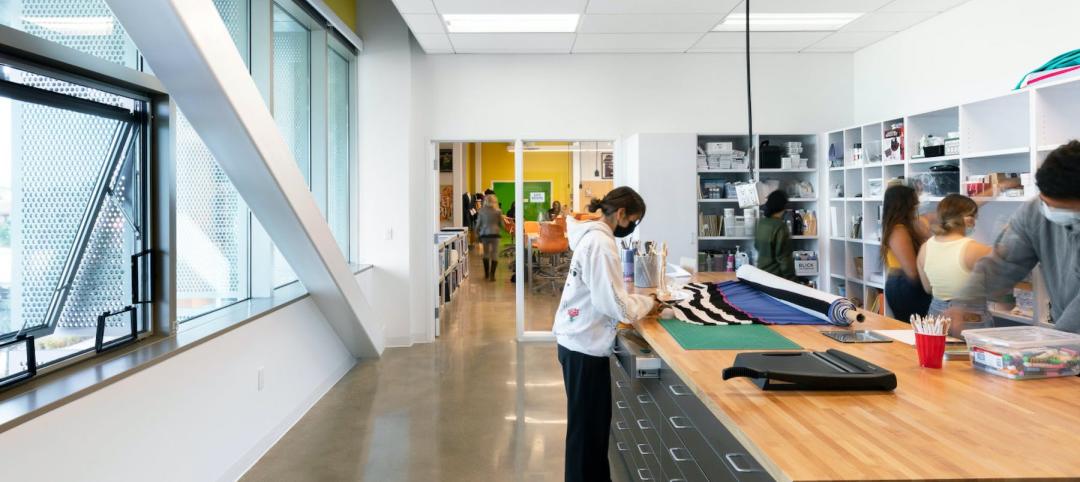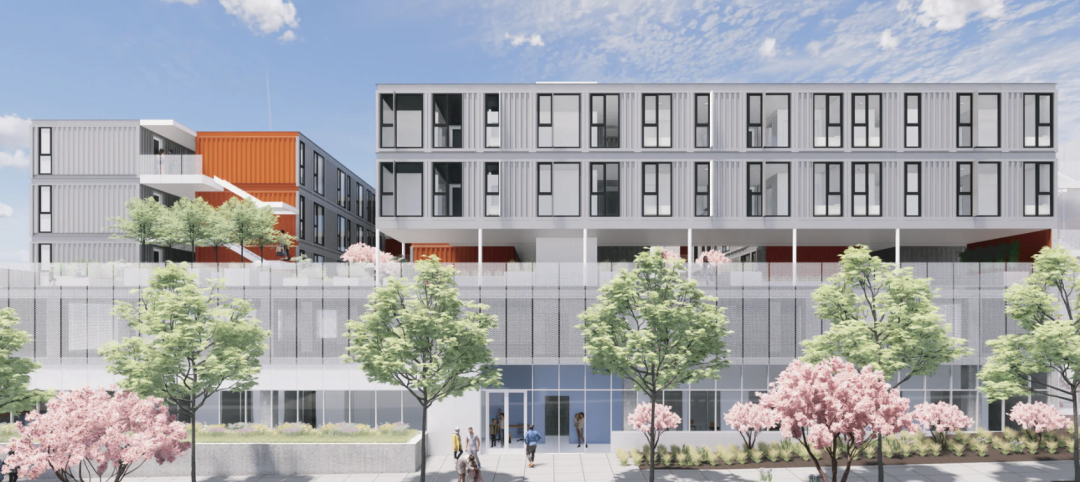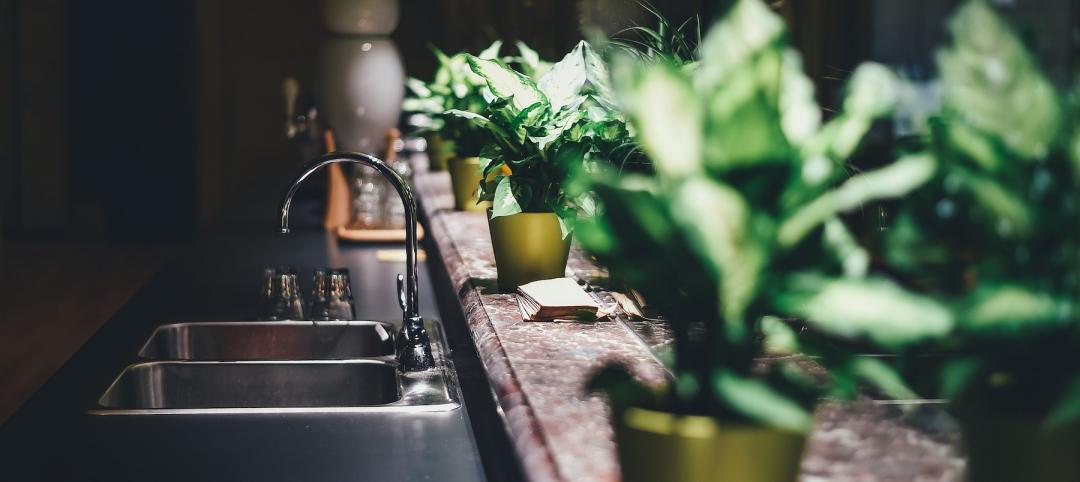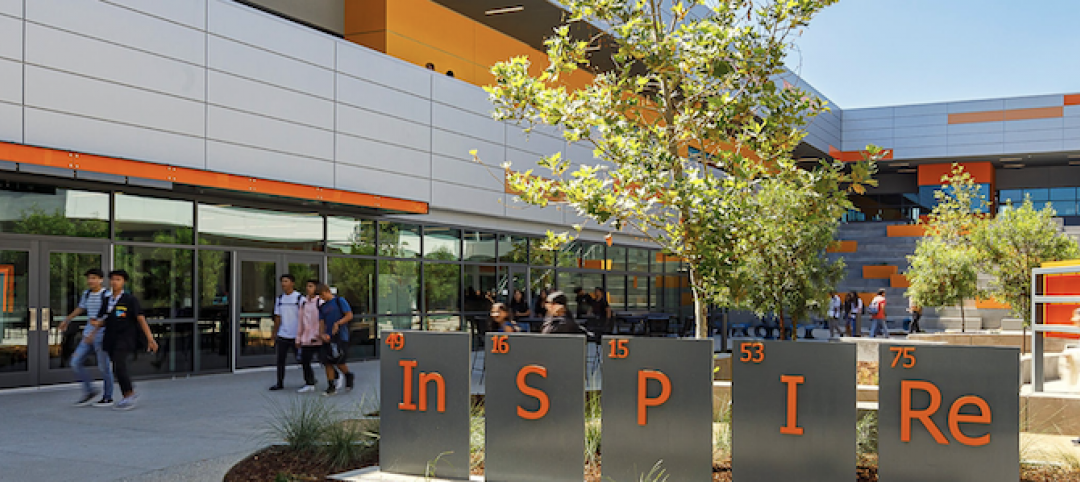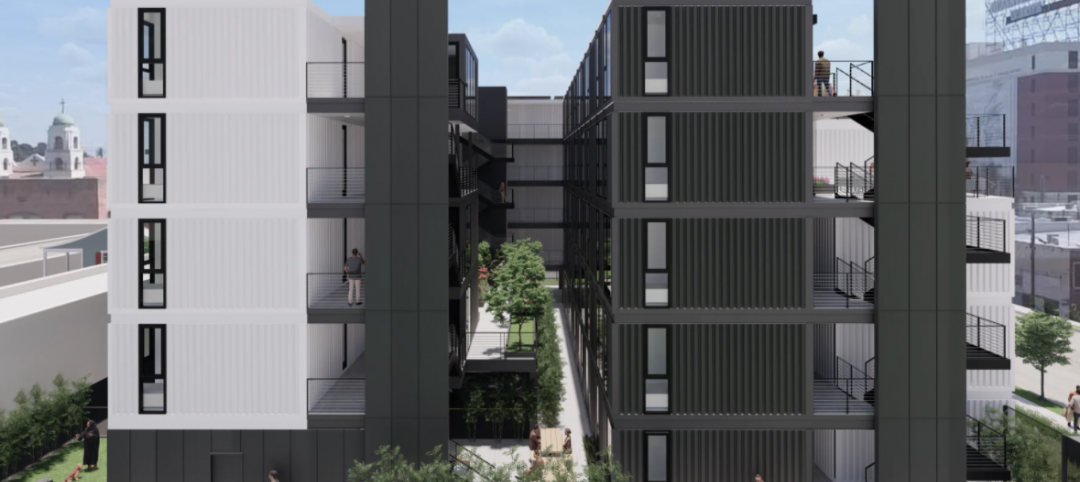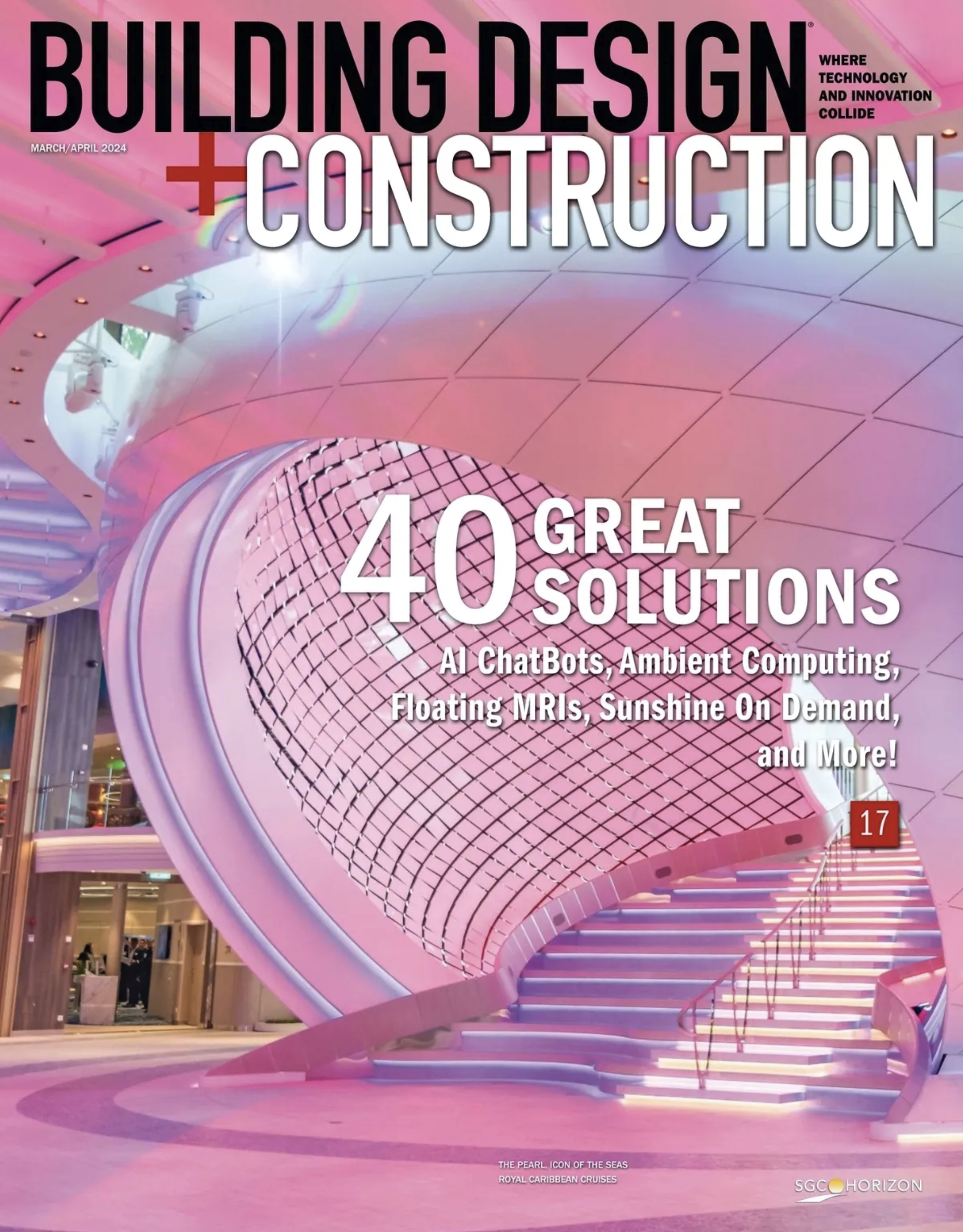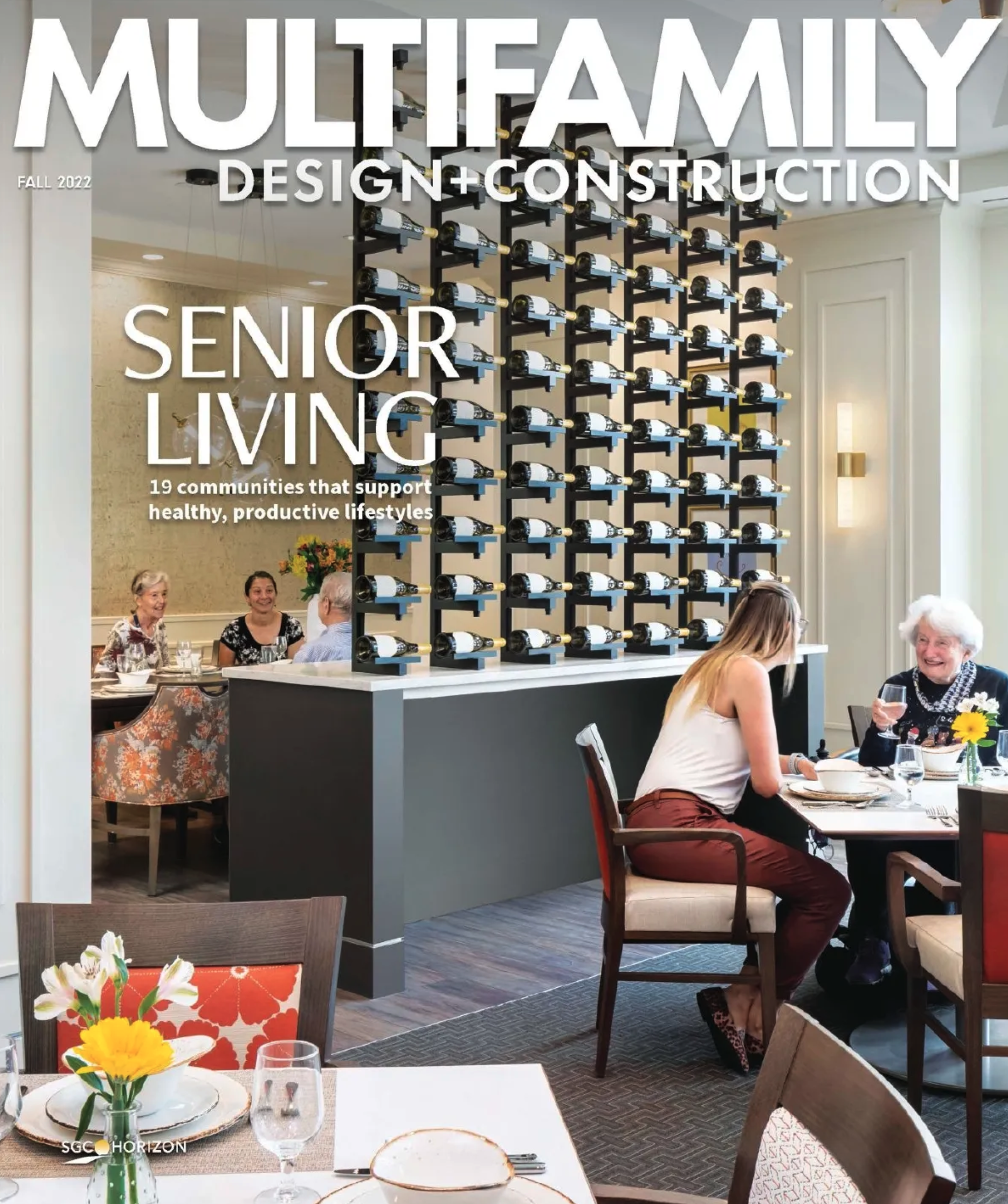Several years ago, my brother worked for a high-profile tech firm in the Bay Area. When I visited him at work, I was blown away at the variety of amenities and “green space” he had access to as an employee. I commented on it, and he went on to explain that this was normal for his line of work. That got me thinking, and after a little research, I discovered the online technology industry was on the forefront of workplace design, and in a way, on education design as well.
Recently, in educational design, we have seen a trend toward more flexible learning spaces. As the body of research on the various ways people learn, work and de-stress grows, so changes the way we are designing schools. More and more, we are designing schools with fun, energetic and flexible spaces like some of the working environments you find at the larger tech companies.
An emphasis has been put on the quality of and access to outdoor environments to create a balance between the indoors and out. Research suggests a direct correlation between access to and the quality of nature and mental well-being. Through our process of informed design, we use research as a tenet of our education design and incorporate easy access from classrooms to a variety of outdoor spaces intended for formal, informal and social learning.
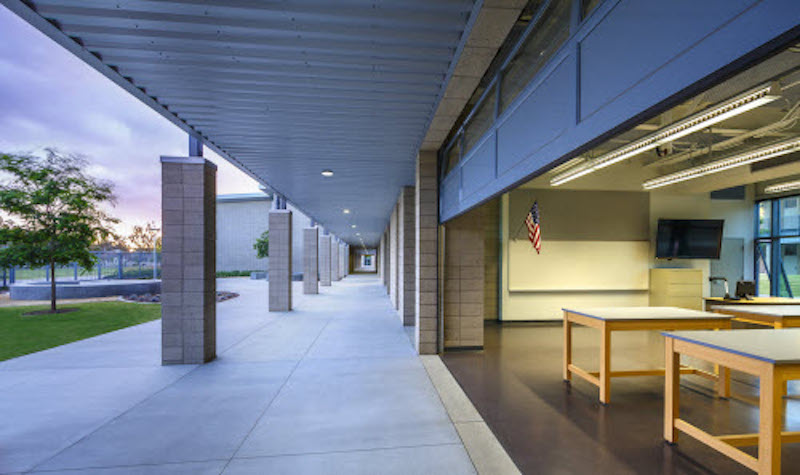
Lately, we have seen a big shift in educational design as more schools are seeing the outdoor environment for the teaching potential it holds. The mild climate of California and other western states is especially conducive to blurring the indoor/outdoor line. It wasn’t too long ago that the thought was the classroom stopped at the doorsill. Nowadays, that line has been significantly blurred. Just as on the tech giants’ campuses, it is not uncommon to see large roll-up doors effectively erase building walls or outdoor small-group pods complete with power and writing surfaces.
Educators are realizing the value of outdoor environments to expand and enrich the user’s experience. At my brother’s firm, hammocks were strung between trees to encourage an afternoon nap. Studies show that classrooms with views to natural elements such as trees and shrubs greatly increase the occupants’ cognitive ability. One study measured that a person who spends 15 minutes walking through a park-like setting increased memory and attention performance by 20 percent. In addition, access to nature can lower stress levels, improve a student’s ability to focus and improve mood.
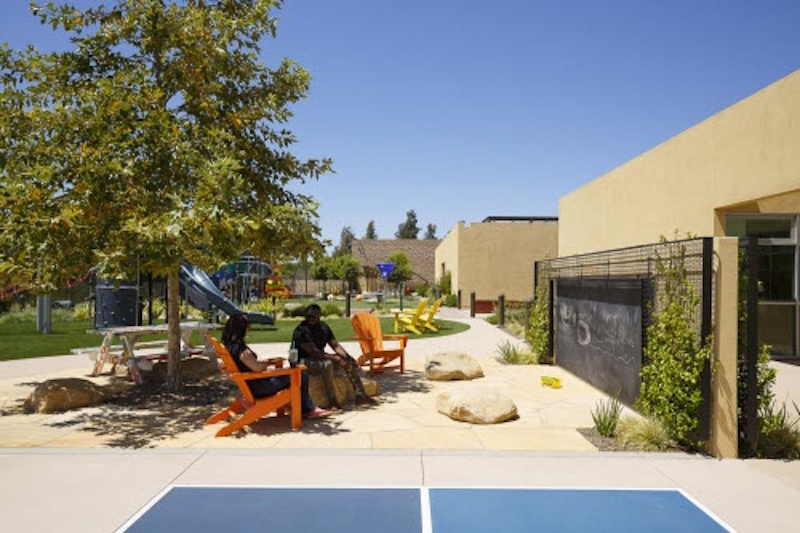
We recognize that learning happens everywhere and plan for outdoor spaces that encourage collaboration, conversation and growth. With the growing presence of Wi-Fi and on-site power, any place on a campus can become a classroom. Something as simple as cost-effective, flexible furniture can turn an existing courtyard into an English classroom. An outdoor space could also be designed to become a natural science classroom, highlighting biology, horticulture, geology, hydrology and a multitude of other natural sciences.
Much like tech firms in Silicon Valley, educators are also understanding the value of having the ability to rest and recharge. For instance, California State University Northridge (CSUN) Oasis Wellness Center recognized a need to provide students with a space where they would be able to relax, relieve stress and take a break. A growing body of evidence shows that access to quality outdoor environments helps students to deal with stress and think clearly. At CSUN, through a variety of flexible indoor and outdoor spaces, the students now have a space that promotes mindfulness and a healthy, stress-free lifestyle.
Now is a very exciting time for education facility designers. Never have we seen such a fundamental shift in the way we approach programming and designing the outdoor learning environment. We should all take a lesson from the big tech companies and think outside of the building.
Andrew Wickham, ASLA is a Landscape Designer at LPA Inc. He is a LEED accredited professional who specializes in K-12 School design.
More from Author
LPA | Mar 28, 2024
Workplace campus design philosophy: People are the new amenity
Nick Arambarri, AIA, LEED AP BD+C, NCARB, Director of Commercial, LPA, underscores the value of providing rich, human-focused environments for the return-to-office workforce.
LPA | Feb 8, 2024
LPA President Dan Heinfeld announced retirement
LPA Design Studios announced the upcoming retirement of longtime president Dan Heinfeld, who led the firm’s growth from a small, commercial development-focused architecture studio into a nation-leading integrated design practice setting new standards for performance and design excellence.
LPA | Mar 2, 2023
The next steps for a sustainable, decarbonized future
For building owners and developers, the push to net zero energy and carbon neutrality is no longer an academic discussion.
LPA | Dec 20, 2022
Designing an inspiring, net zero early childhood learning center
LPA's design for a new learning center in San Bernardino provides a model for a facility that prepares children for learning and supports the community.
LPA | Aug 22, 2022
Less bad is no longer good enough
As we enter the next phase of our fight against climate change, I am cautiously optimistic about our sustainable future and the design industry’s ability to affect what the American Institute of Architects (AIA) calls the biggest challenge of our generation.
LPA | Aug 9, 2022
Designing healthy learning environments
Studies confirm healthy environments can improve learning outcomes and student success.
LPA | Jul 6, 2022
The power of contextual housing development
Creating urban villages and vibrant communities starts with a better understanding of place, writes LPA's Matthew Porreca.
LPA | Mar 21, 2022
Finding the ROI for biophilic design
It takes more than big windows and a few plants to create an effective biophilic design.
LPA | Apr 28, 2021
Did the campus design work?
A post-occupancy evaluation of the eSTEM Academy provides valuable lessons for future campuses.
LPA | Feb 23, 2021
Rising costs push developers to consider modular construction
The mainstreaming of modular construction offers a cost-effective and creative solution to develop new types of urban developments.

